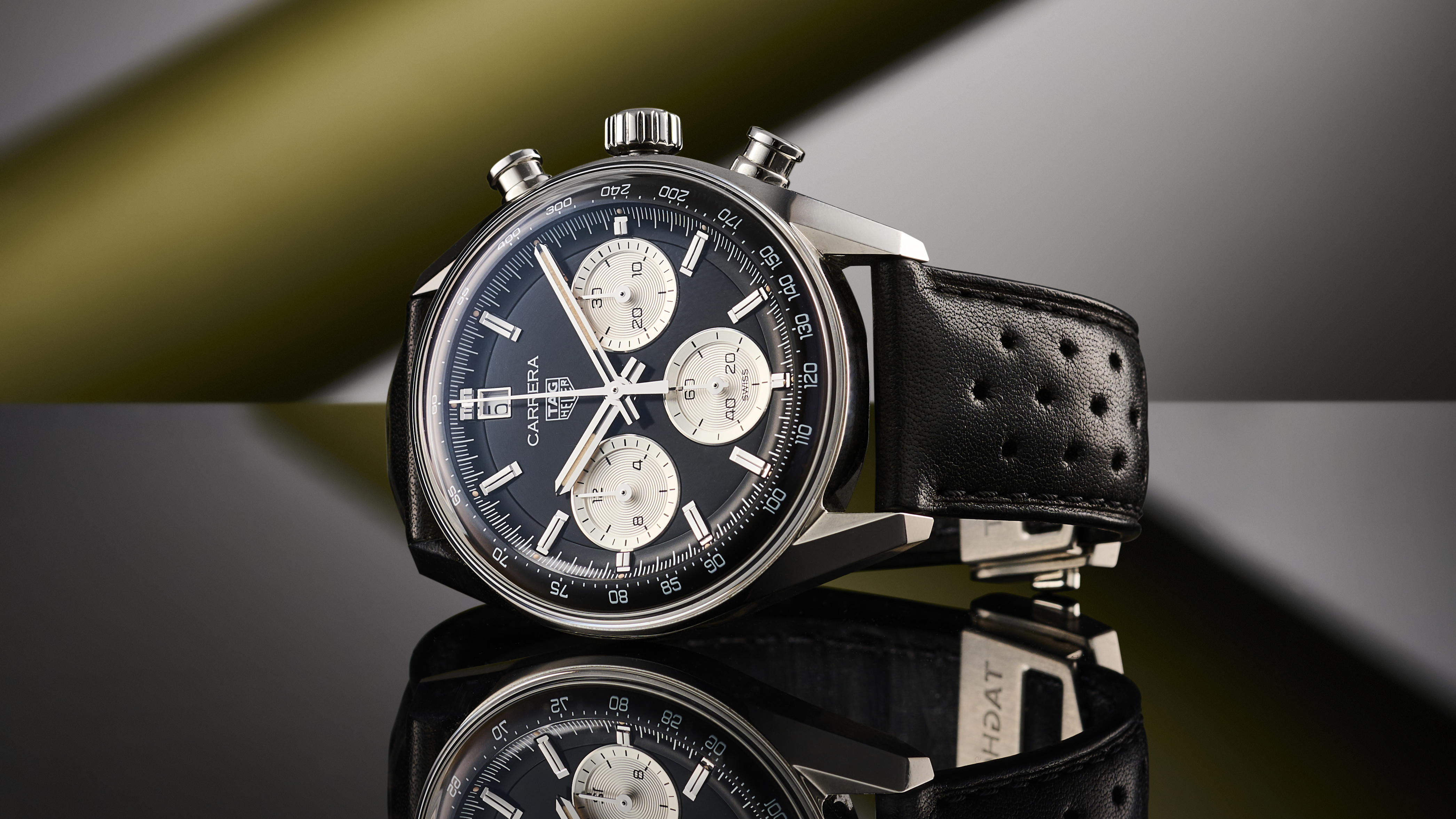


Of all the many aesthetic features and functionalities on a luxury watch, a chronograph is arguably the most popular and practical. Technical and stylish at the same time, a chronograph watch is distinctively recognisable, and whether you’re a watch collector or complete newbie, you’ll have definitely seen one gracing the dials on some of the best watches.
But what exactly is a chronograph and why would you want one on your watch? Here’s everything you need to know about chronograph complications, including how they work, the different types to look out for, and details on T3’s favourite chronograph watches.
What is a chronograph?
A chronograph is a type of watch that has a stopwatch on the dial, alongside the traditional time-telling features, like the hour and minute markers, and hands. On a chronograph watch, you’ll see a smaller circle on the dial, typically located towards the six o’clock position.
This chronograph subdial acts as a stopwatch which can be started, stopped and reset, and oftentimes has a third hand that moves around it to track a specific amount of time. Depending on the watch you choose, you can find timepieces with one, two or three chronographs at a time which all serve a time keeping purpose.
The chronograph was first invented in 1816 by watch manufacturer Louis Moinet, and was created to track astronomical objects. In 1821, King Louis XVIII commissioned a chronograph to measure the length of horse races. Since this inception, chronograph watches have developed overtime and have become a staple for many different watch brands.

You might see a chronograph described as a complication, which if you don’t know that is, it can sound like there’s a fault with your watch. But don’t worry, a complication actually refers to any feature on a watch that isn’t the hours, minutes and seconds. As these are basic features you need to tell the time on a watch, this is referred to as a ‘simple movement’ but when more features are added, like a chronograph, this is what’s called a complication.
Chronographs feature on many different types of watches, including pilot watches, sports and racing watches, and dive watches. Alongside Louis Moinet, other watchmakers who design chronographs include Rolex, OMEGA, TAG Heuer, Breitling, Longines, Citizen, Nomos and many more.
Sign up to the T3 newsletter for smarter living straight to your inbox
Get all the latest news, reviews, deals and buying guides on gorgeous tech, home and active products from the T3 experts
How does a chronograph work?
A chronograph watch has three train wheels that interact with one another and measure seconds, minutes and hours. To record time, you’d simply push the start button or top pusher and push it again to stop the recording. Beneath the top pusher is the reset button or the bottom pusher which when pressed will reset the chronograph sundial back to zero.
As you’ll find out more below, some chronograph watches have one, two or three pushers on the side of the watch’s case, typically between the two and four o’clock position. The pushers protrude slightly, similar to the watch’s crown, so it’s easy to push them, and sometimes they’ll come in different sizes or colours to differentiate between the buttons.
4 different types of chronographs to look out for
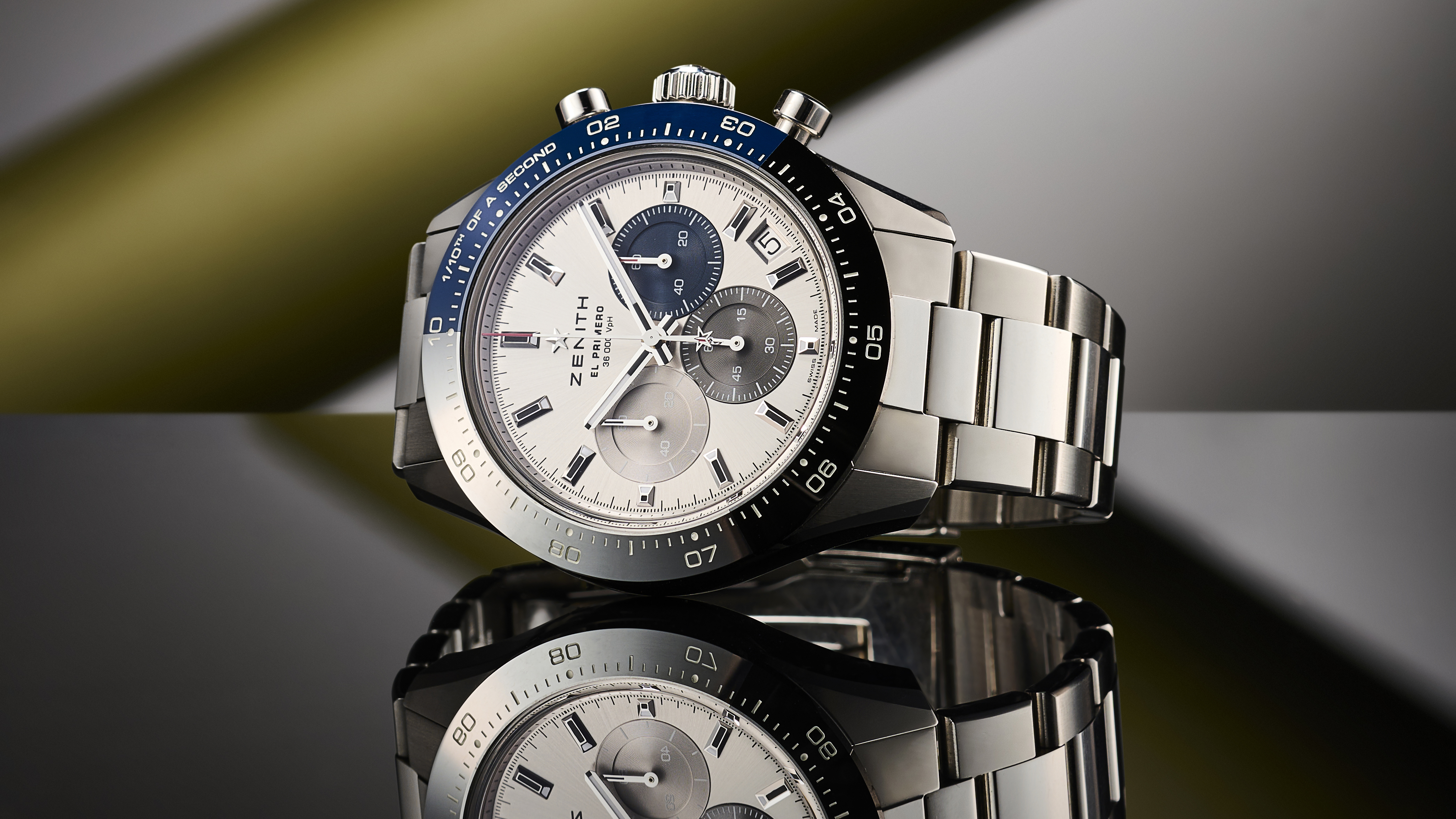
There are many different chronographs you can find on numerous watches, but the following five types are the ones you’re most likely to see and should know about.
Standard chronograph
A standard chronograph watch has two push buttons on the side of the watch. It acts in the exact same way as what has been described above.
Monopusher chronograph
As the name suggests, a monopusher chronograph has one pusher instead of two. All the start/stop and reset functions of the chronograph are controlled by this one button, which can sometimes be incorporated into the crown of the watch. If you don’t like asymmetrical designs or would prefer one pusher rather than two, a monopusher chronograph is a good choice, although it can be slightly harder to use than a standard one, due to the singular pusher.
Split/seconds chronograph
A split/seconds chronograph or a rattrapante features three pushers. The third pusher controls the split/second function (hence the name) and has a second chronograph hand that sits beneath the main hand. The third button is often found on the left hand side of the watch’s case, and when pushed, the hidden second hand will start to move.
Flyback chronograph
A flyback chronograph features the standard two pushers, although the button pusher has an extra function which can rapidly reset the stopwatch. The flyback feature allows for the chronograph to quickly reset or ‘flyback’ alongside showing a reading at the same time before you can start measuring again from zero. This comes in handy if you’re recording races with several laps or need to track different timings at once.
Regardless of the chronograph you pick, the beauty of a chronograph watch is it not only looks exciting and intricate but it also serves a purpose, making your luxury timepiece much more valuable and interesting than you might initially realise.

Beth is Home Editor for T3, looking after style, living and wellness. From the comfiest mattresses to strange things you can cook in an air fryer, Beth covers sleep, yoga, smart home, coffee machines, watches, grooming tools, fragrances, gardening and much more. If it's something that goes in your house, chances are Beth knows about it and has the latest reviews and recommendations! She's also in the know about the latest deals and discount codes from top brands and retailers.
Having always been passionate about writing, she’s written for websites, newspapers and magazines on a variety of topics, from jewellery and culture, to food and telecoms. You can find her work across numerous sites, including Wedding Ideas Magazine, Health & Wellbeing, The Bristol Post, Fashion & Style Directory, TechRadar, CreativeBloq and more. In her spare time, Beth enjoys running, reading, baking and attempting craft projects that will probably end in disaster!
-
 Leaked AirPods prototype looks like Nothing... literally
Leaked AirPods prototype looks like Nothing... literallyAnd we are here for them
By Britta O'Boyle Published
-
 OnePlus Watch 3 lands in the UK with a flurry of freebies and a huge discount
OnePlus Watch 3 lands in the UK with a flurry of freebies and a huge discountThe new titanium-clad smartwatch brings 120-hour battery life, ECG health checks, and some serious launch offers
By Matt Kollat Published
-
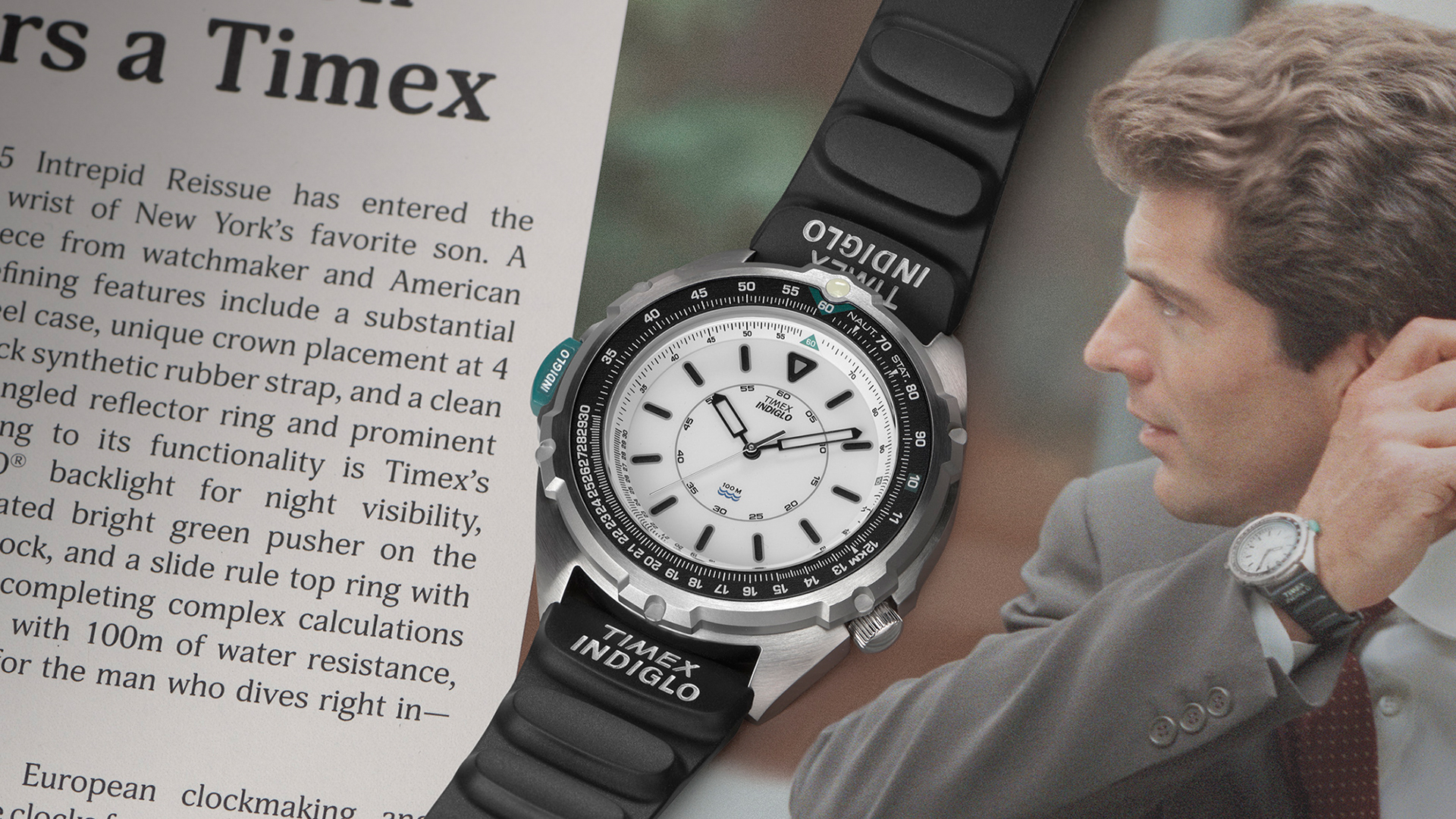 Party like it’s 1995 with this iconic reissue from Timex
Party like it’s 1995 with this iconic reissue from TimexA sailing watch favoured by JFK Jr. is back on the scene
By Alistair Charlton Published
-
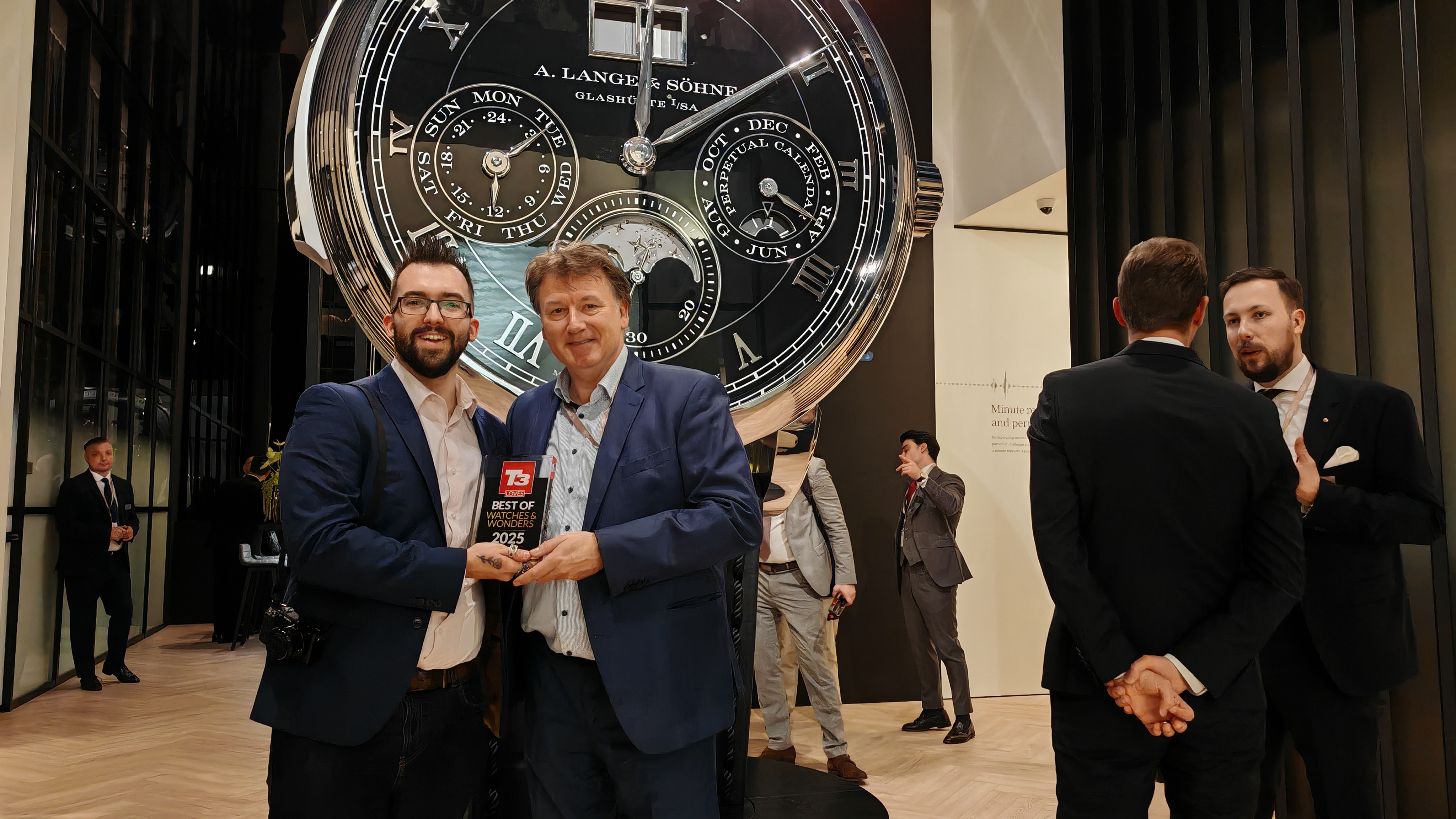 T3's Best of Watches and Wonders 2025 Awards
T3's Best of Watches and Wonders 2025 AwardsHere are the winners from Watches and Wonders 2025 Awards, as chosen by T3's watch experts
By Sam Cross Last updated
-
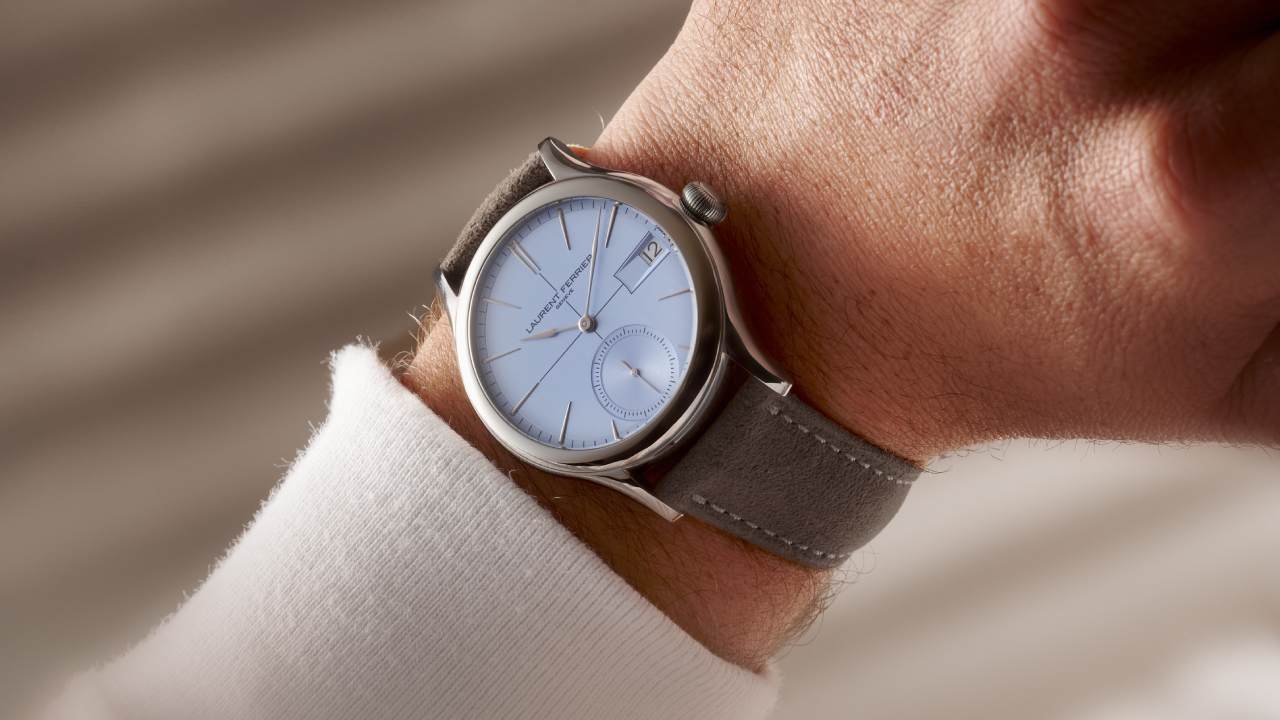 Laurent Ferrier upgrades its Classic Auto watch with stunning blue dial
Laurent Ferrier upgrades its Classic Auto watch with stunning blue dialLaurent Ferrier’s latest novelty might be my favourite from Watches and Wonders
By Bethan Girdler-Maslen Published
-
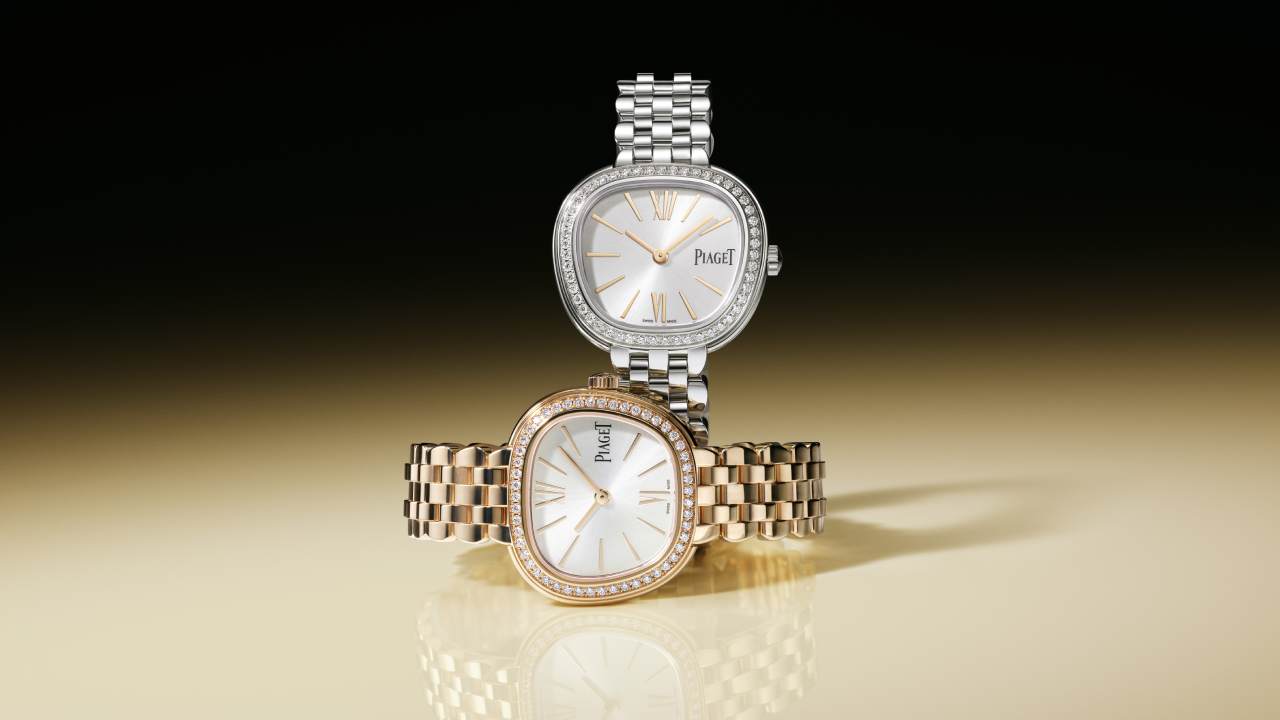 Piaget goes for gold with new Polo 79 and Sixtie novelties at Watches and Wonders
Piaget goes for gold with new Polo 79 and Sixtie novelties at Watches and WondersPiaget has a theme for Watches and Wonders 2025 – gold!
By Bethan Girdler-Maslen Published
-
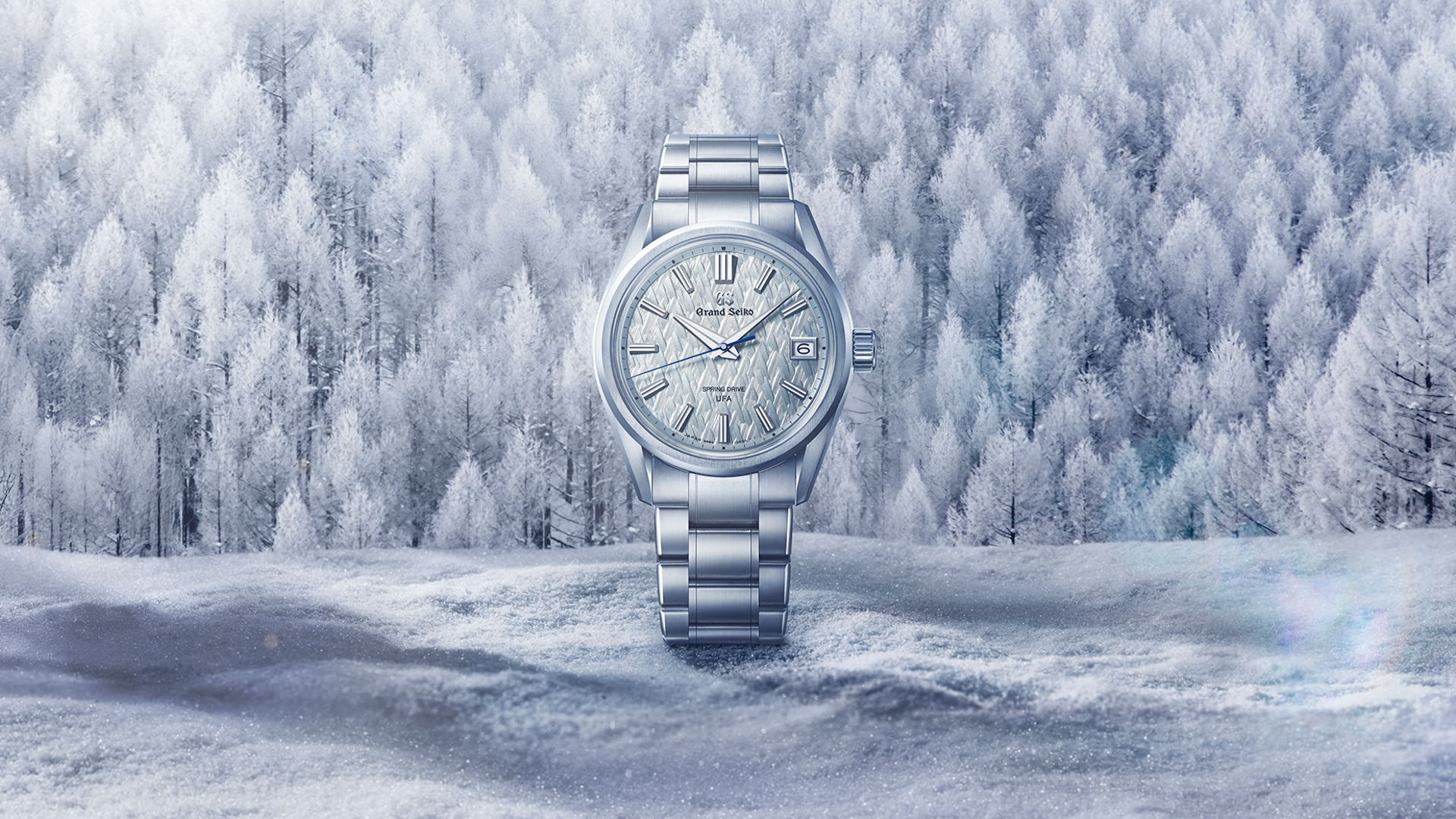 This Grand Seiko is one of the most accurate watches we've ever seen
This Grand Seiko is one of the most accurate watches we've ever seenGrand Seiko’s new watch is accurate to an astonishing ±20 seconds per year
By Alistair Charlton Published
-
![Ulysse Nardin Diver [Air]](https://cdn.mos.cms.futurecdn.net/nVs6TDSsKaQ8vcLzvgEqQK.jpg) Ulysse Nardin debuts the lightest mechanical dive watch ever made
Ulysse Nardin debuts the lightest mechanical dive watch ever madeWatches and Wonders sees Ulysse Nardin mark a pretty big milestone
By Bethan Girdler-Maslen Published
-
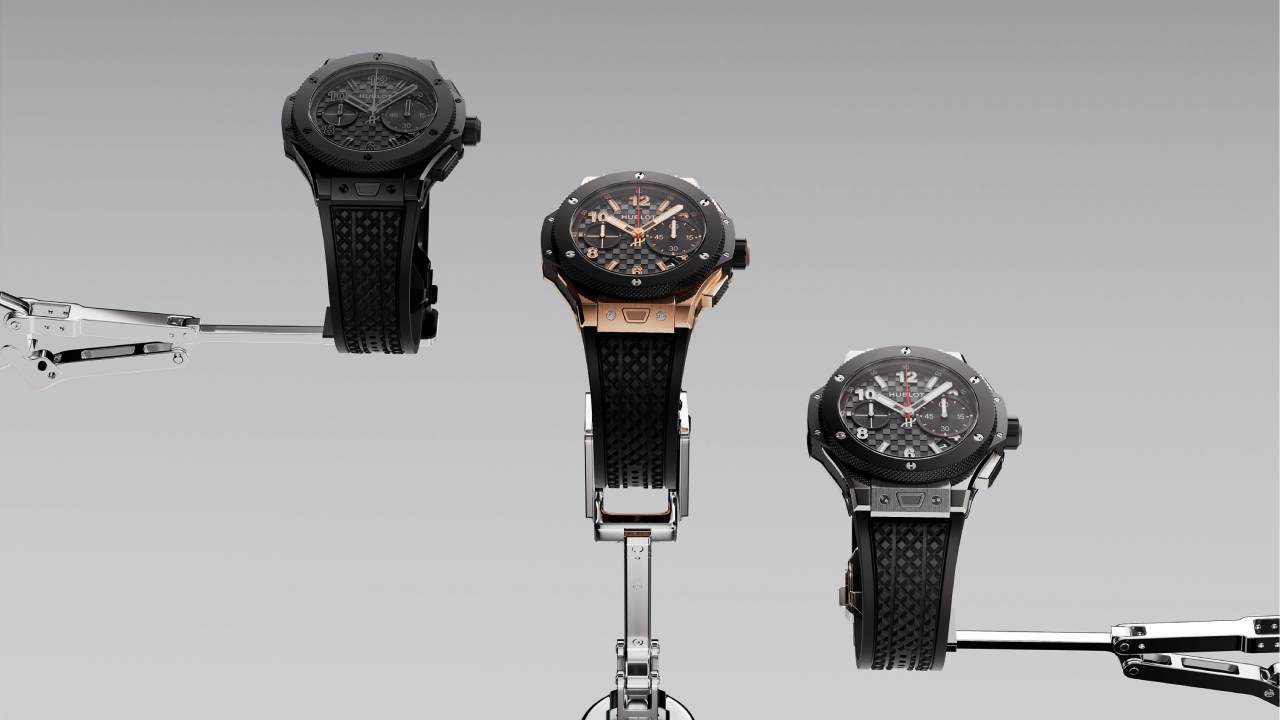 Hublot celebrates 20 years of the Big Bang with tons of colourful, ceramic watches
Hublot celebrates 20 years of the Big Bang with tons of colourful, ceramic watchesHublot has outdone itself with its Watches and Wonders novelties
By Bethan Girdler-Maslen Published
-
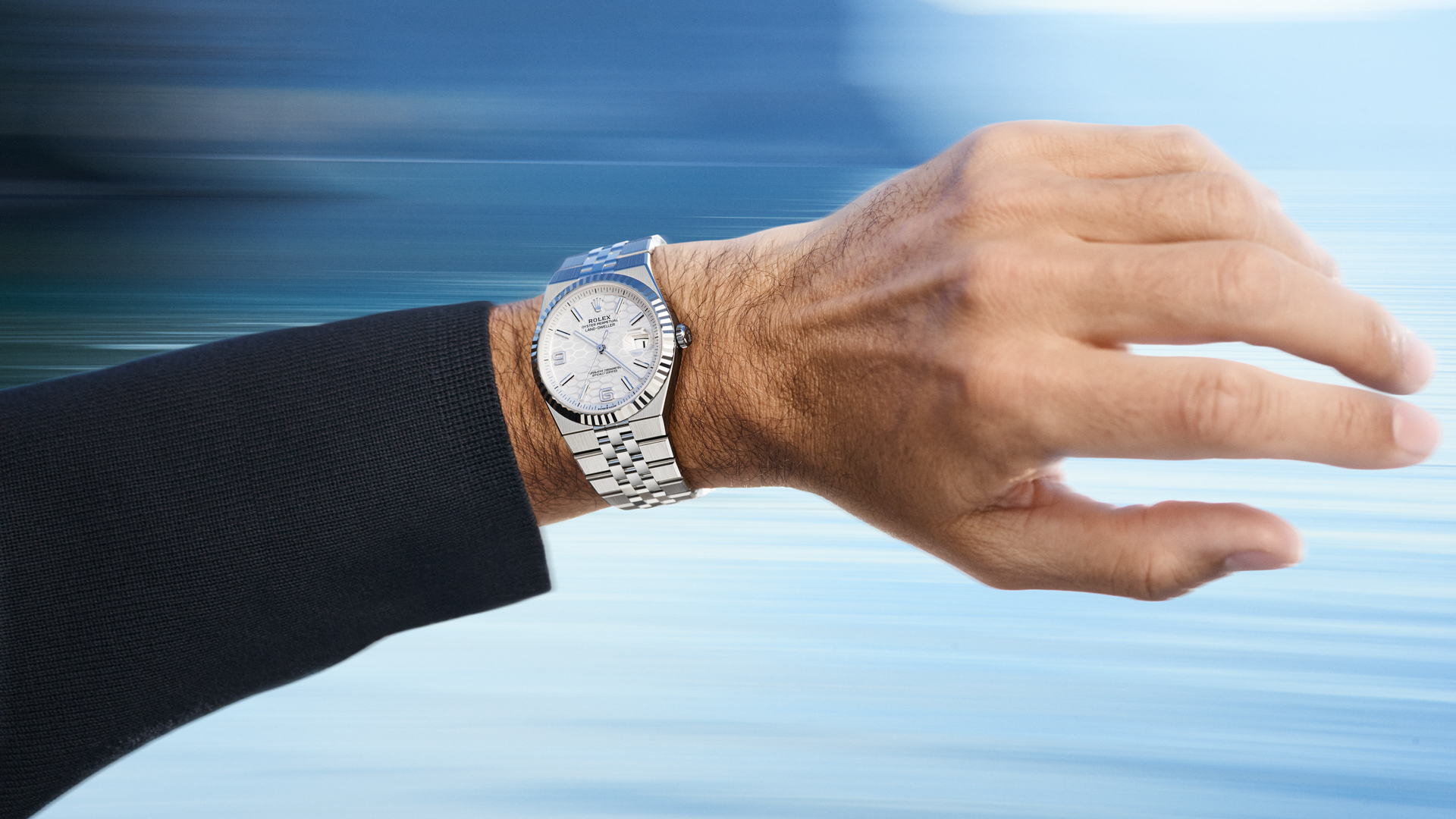 Rolex Land-Dweller is the Crown’s headline act at Watches and Wonders 2025
Rolex Land-Dweller is the Crown’s headline act at Watches and Wonders 2025There’s a new must-have Rolex in town, and it’s called the Land-Dweller
By Alistair Charlton Published